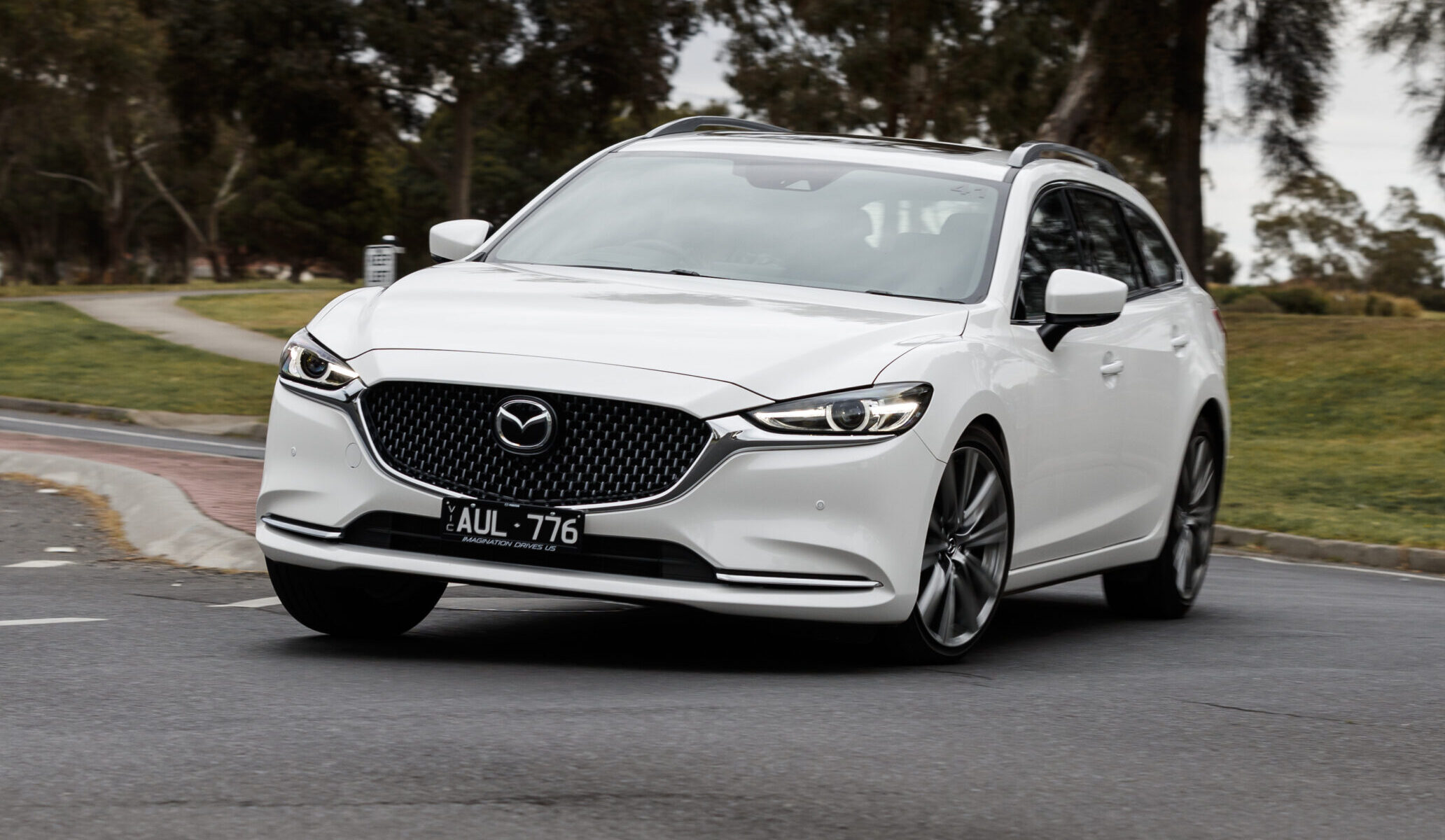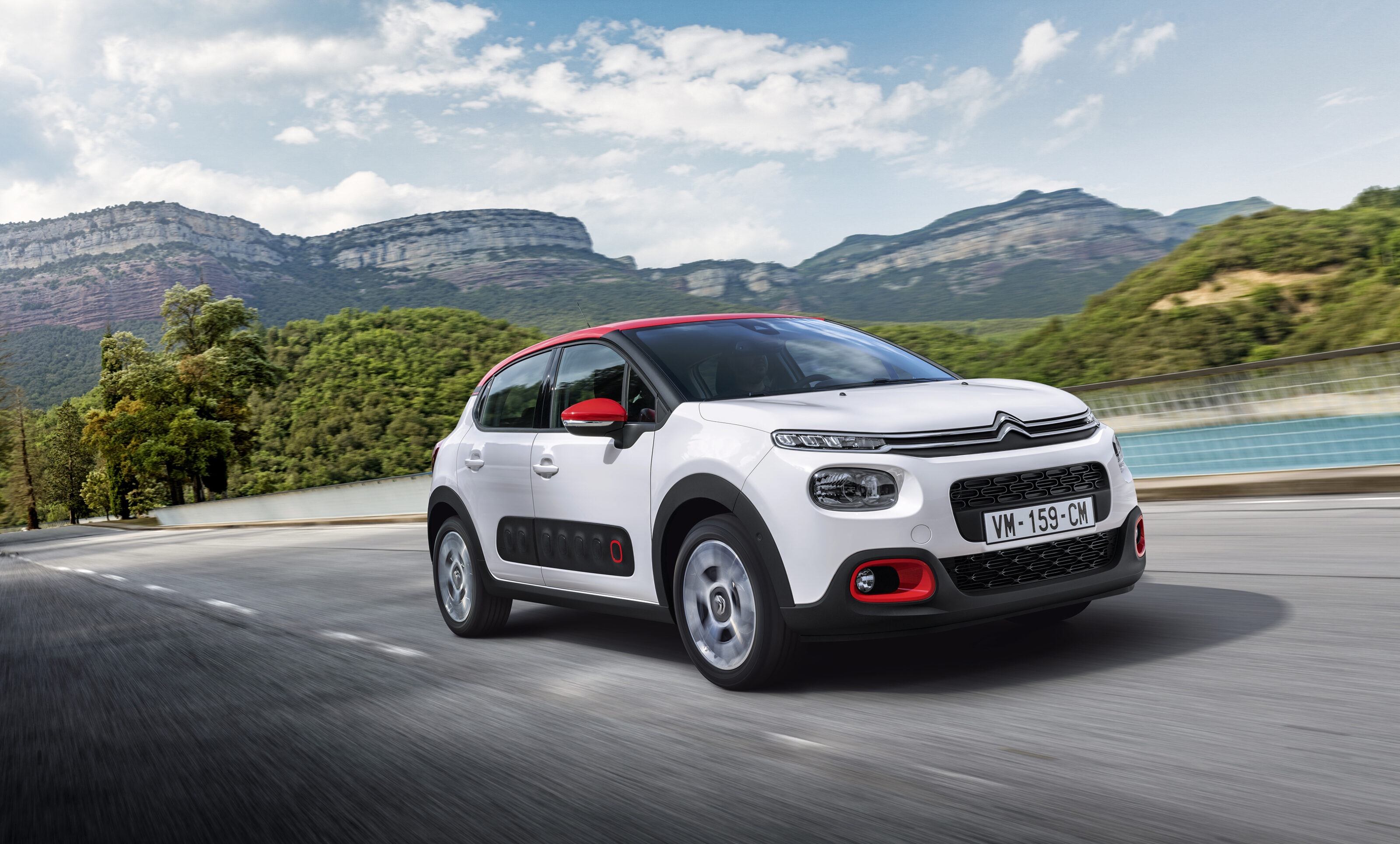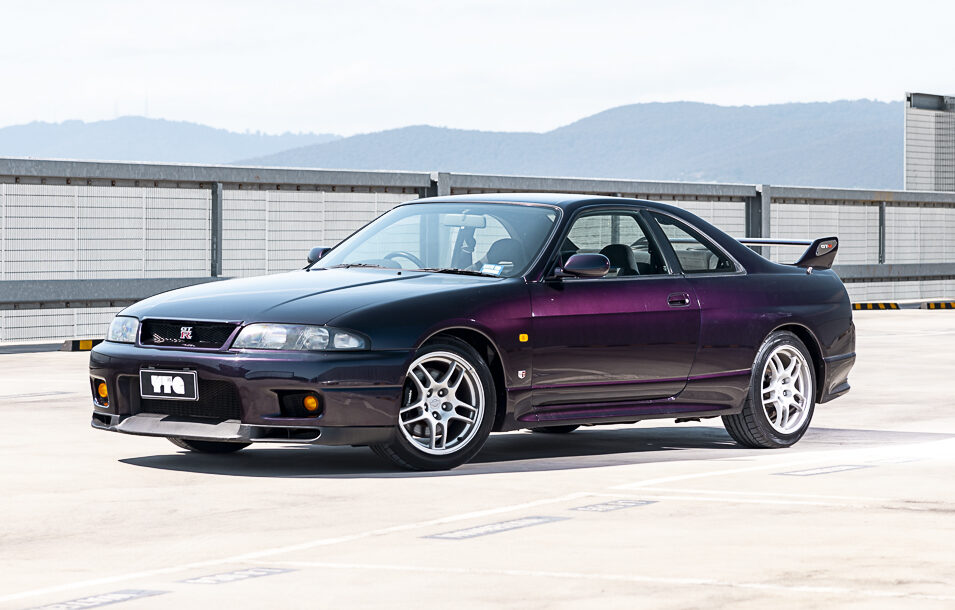This saddens us. If you tried to hazard a guess at the sales split between the Mazda6 and the Mazda CX-5 SUV last year, what do you think it’d be? Well, we know that the SUV is going to be more popular, so let’s wing in with an extreme first stab. One Mazda6 sold for every 10 CX-5s? Not even close. It’s nearer one in 17 which is why, along with new ADR regulations, Mazda has quietly deleted the 6 from its local line up.
It’s all a far cry from the heady days of 2005 when Mazda couldn’t get enough cars to satisfy the demand from Australia. Nearly 15,000 cars found owners Down Under that year, helped by the fact that Mazda only sold one fairly unappetising SUV.
Fast forward to 2015, and the third-gen (GL) version of the Mazda6 was shifting over 5000 units per year, helped by a spec upgrade with the MZD Connect infotainment system and additional safety gear included in the i-ActiveSense suite. Mazda was still clearly invested in its flagship passenger car.
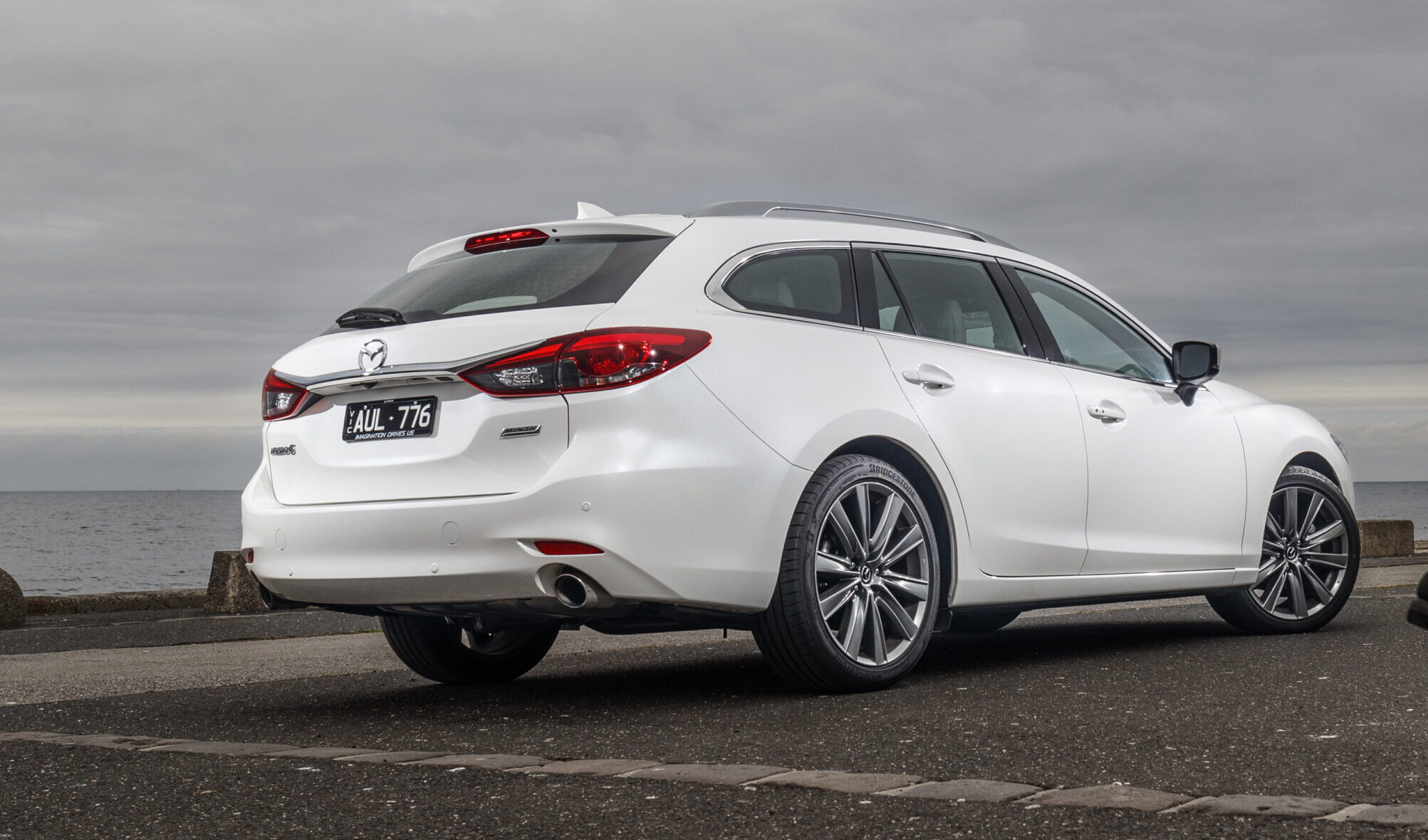
It wasn’t to last though. A decade ago, the writing was already on the wall for the traditional sedan and wagon. The CX-5 was selling five times the numbers of the Mazda6, and the Hiroshima company had backup in the form of the CX-3 and the big CX-9. Buyer tastes had changed decisively, but since when did fashion have a great deal with common sense?
Wheels attempted to make sense of what was then a fairly crowded field when it threw the Mazda6 GT sedan in against nine rivals in the September 2016 issue, but it became clear that we’d chosen the least competent 6 to pitch into the fray. While the diesel wagon excelled, the GT sedan’s big wheels, long wheelbase and so-so economy of its atmo 2.5-litre petrol engine saw it only manage seventh spot. Nathan Ponchard even reckoned the diesel was more refined than the petrol unit.
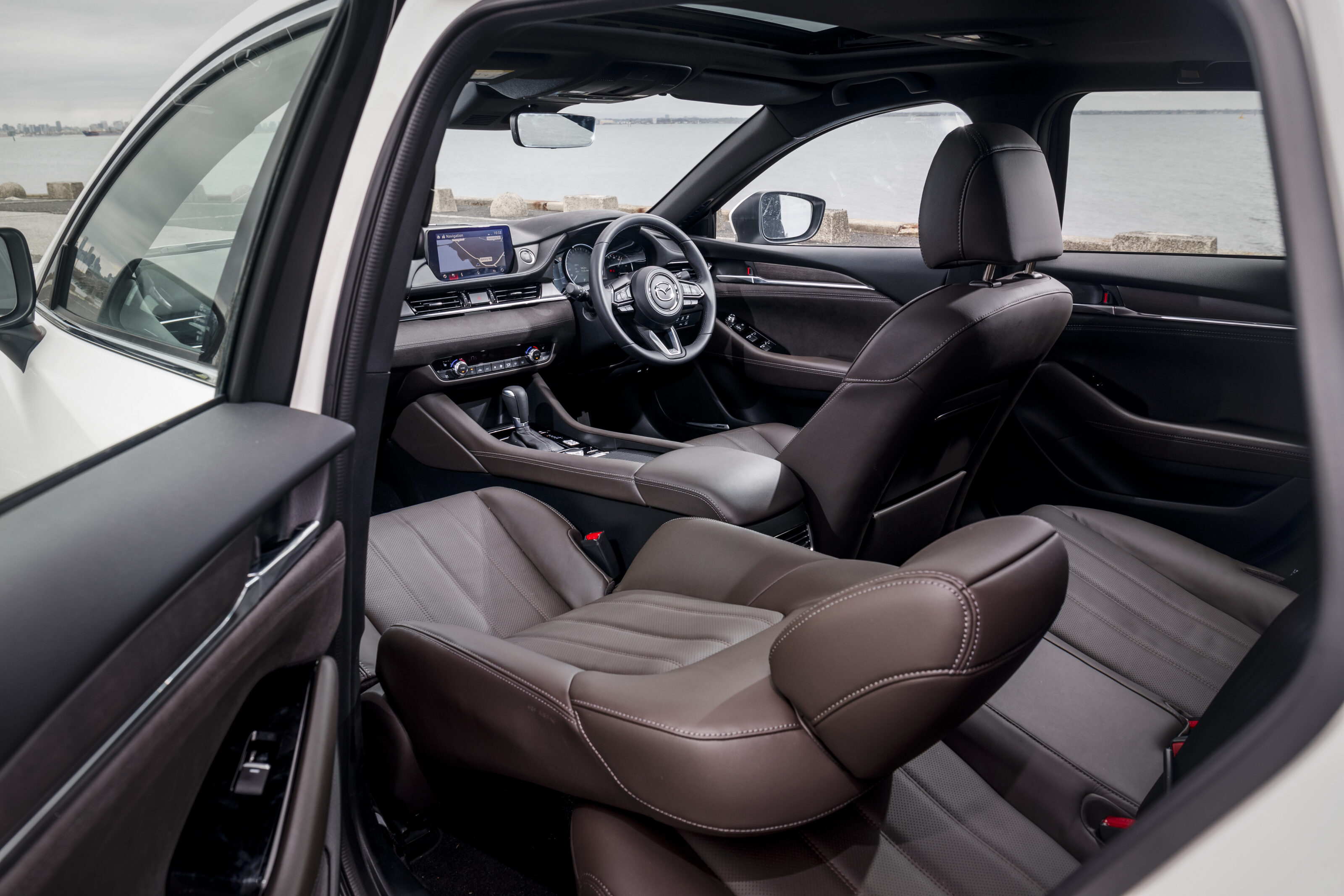
So it’s fair to say that the GL-generation Mazda6 was a car that was extremely spec-dependent. Many of the medium-rangers that we put it up against have, in the interim, taken their leave of the Aussie market. We can no longer buy a new Ford Mondeo, Subaru Liberty, Peugeot 508, Kia Optima, Volkswagen Passat or Holden Commodore. Timing was indeed against the Mazda6. Quite aside from the fact that it arrived just as SUVs were really starting to kick goals in the sales charts, its best version, the diesel, landed just as the market for diesel passenger cars started to plummet.
Mazda has introduced the all-electric Mazda EZ-6 in China – effectively a reskinned Deepal L07 – but the prospect of trying to sell a battery-electric sedan to Australian customers is not one that has tempted the local arm, despite some recent ‘wait and see’ statements. Even the range-extended electric version doesn’t look likely to make landfall. Scheduled to be called the Mazda6e when it goes on sale in Europe in mid-2025, it’ll get a larger 80kWh battery than the Chinese version, good for 552km WLTP range. Mazda needs all the NVES help it can get.
Mazda Australia’s hand was forced when the 6 was axed in Japan in quarter two of last year. Production continued, but hopes for a version with one of Mazda’s new-gen straight-six engines were dashed. After 22 years on sale in Australia, the final models have already left the lines, so dealer stock is your best bet if you want to snag one of the last of the last. It was a good car, but one that served as an unfortunate case study in getting your timing wrong. In truth, it probably deserved better.
The forgotten fast one
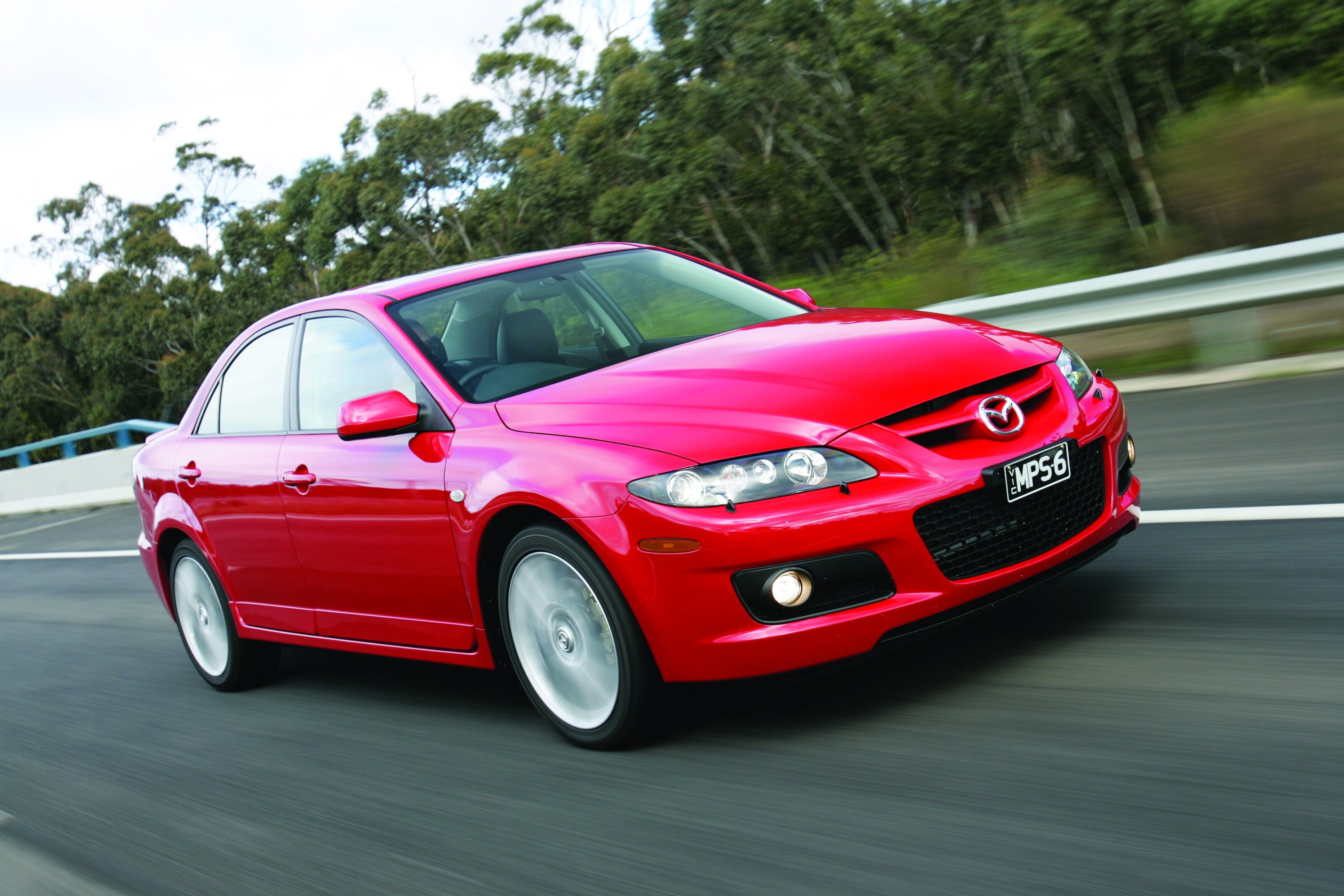
AN AWD SEDAN with a six-speed manual gearbox, 200kW at the crank, and a limited-slip differential sounds like a winner, but the Mazda6 MPS somehow seemed to emerge as less than the sum of its parts.
It saw off the Subaru Liberty GT in the only Wheels comparo it was entered into (Dec 2005), but reliability issues with the 2.3-litre four (rods, tubos, valvetrain) have seen many disappear from our roads.
Back in ’05, you’d have been better advised to sit on your $50k for a year and wait for the heavy-hitting VE Commodore SS.


